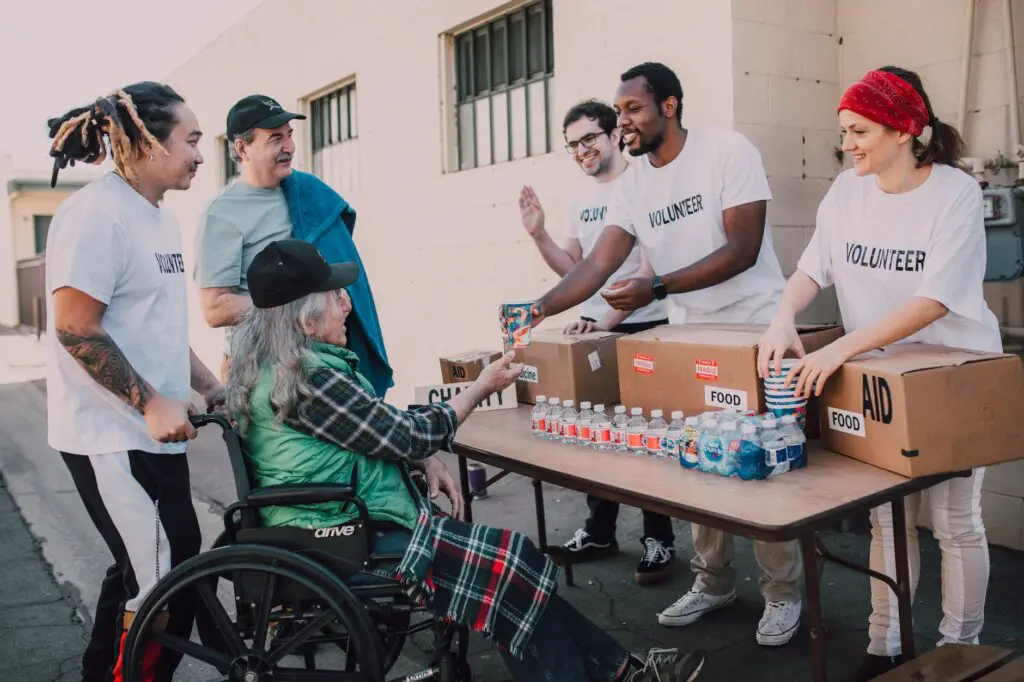Welcome to our website! This article seeks to answer the question, How does Too Good To Go make money? In a world striving for sustainability and environmental consciousness, combating food waste has become a pressing concern. Too Good To Go, a popular mobile app, has emerged as a solution to this problem by connecting consumers with local stores and restaurants to rescue surplus food at a reduced price.
While this altruistic endeavor serves an ecological purpose, it also raises questions about the company’s revenue generation methods. In this article, we will delve into the ways Too Good To Go makes money and the factors contributing to its success.
Understanding Too Good To Go
What is Too Good To Go?
Too Good To Go is a mobile application that aims to tackle food waste by offering surplus food from restaurants, cafes, bakeries, and grocery stores at significantly discounted prices. The app operates on a simple principle – users can browse through nearby establishments and purchase “magic bags” filled with surplus food items that would otherwise go to waste.

How does Too Good To Go work?
The process is user-friendly and straightforward. After downloading the app, users create an account and set their location preferences. The app then displays a list of participating food establishments nearby. Users can select their preferred option and pay for the magic bag directly through the app. They subsequently visit the restaurant or store during the designated pickup time to collect their food.
How does Too Good To Go Make Money?
(a) User Subscription Fees
While the app is free to download and use, Too Good To Go offers a subscription-based model to its users. The premium subscription, known as the “Magic Plus” plan, provides subscribers with additional benefits. These perks may include early access to surplus food offers, exclusive deals, and priority customer support. The subscription fees contribute to the company’s revenue stream.
(b) Commission from Restaurants and Stores
To participate in the Too Good To Go platform, restaurants and stores agree to share a portion of the revenue earned from the sale of surplus food with the company. This commission-based arrangement incentivizes businesses to join the initiative, as they can recoup some costs from food that would otherwise go to waste.
(c) Advertising and Partnerships
Too Good To Go collaborates with various businesses and organizations to promote its cause and reach a broader audience. Through strategic partnerships and sponsored promotions, the company generates revenue from advertising and promotional campaigns on its platform.
Analyzing the Success Factors
(i) Reducing Food Waste
Too Good To Go’s primary mission is to reduce food waste, which has gained immense traction among environmentally conscious consumers. By effectively channeling surplus food to users, the app creates a sense of purpose for its audience and attracts those who want to contribute to a sustainable future.
(ii) Attracting Users and Businesses
The app’s success lies in its ability to appeal to both users and participating businesses. Consumers are drawn to the prospect of purchasing quality food at lower prices, while businesses benefit from reducing waste and gaining exposure to potential new customers.
(iii) Positive Environmental Impact
The environmental impact of Too Good To Go’s operations resonates with a growing eco-conscious population. Users feel good about contributing to the cause while also enjoying delicious food at a fraction of its original cost.

Challenges Faced by Too Good To Go
(i) Managing Logistics
Coordinating the pickup and distribution of surplus food can be challenging, especially when dealing with multiple businesses and locations. Ensuring a seamless and efficient logistics process is critical to maintain user satisfaction.
(ii) Competition
As the concept of combating food waste gains popularity, the market for similar apps and platforms has grown. Too Good To Go faces competition from other players in the industry, which necessitates continuous innovation and differentiation.
(iii) Changing Consumer Behavior
Shifting consumer behavior and encouraging a larger audience to adopt the app’s practices can be an ongoing challenge. Convincing people to alter their habits and embrace a sustainable approach requires persistent efforts.
Future Prospects for Too Good To Go
Too Good To Go’s vision of a world with reduced food waste and sustainable practices offers a promising future. As the company continues to expand its network of users and businesses, its impact on reducing food waste could be significant on a global scale.
Final Thoughts
Too Good To Go has established itself as a pioneer in the fight against food waste while simultaneously generating revenue through a sustainable business model. By connecting conscientious consumers with local businesses, the app has managed to strike a balance between environmental responsibility and financial viability.
Common Too Good To Go FAQs
Is Too Good To Go available in all countries? As of now, Too Good To Go operates in several countries across Europe and North America. However, its availability may vary depending on the region.
Are the food items in the magic bags of good quality? Yes, the food offered in the magic bags is still edible and of good quality. Participating businesses adhere to safety and hygiene standards to ensure customer satisfaction.
How can I become a partner restaurant with Too Good To Go? Restaurants and stores interested in joining the platform can apply through the official Too Good To Go website or contact their local representatives.
Can I customize the contents of the magic bag? The magic bags are typically pre-packed with a selection of surplus food items, and customization options may vary depending on the participating establishment.
Does the Magic Plus subscription guarantee access to all offers? While the Magic Plus subscription provides additional benefits, the availability of offers may still be subject to the specific arrangements of each participating business.
Also Read: How does Ticketmaster Make Money? (Answered)


